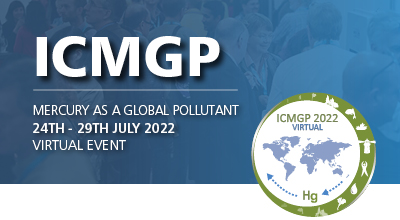| Abstract Title: | Title: A risk assessment review of mercury exposure in Arctic marine and terrestrial mammals |
| Presenter Name: | Rune Dietz |
| Company/Institution: | Aarhus University |
| Session: | Special Session - Climate-Driven Perturbations of Arctic Mercury Cycling |
| Day and Session: | Friday 29th July - Session Three |
| Start Time: | 13:00 UTC |
| Co-Authors: | Rune Dietz |
Abstract Information :
There has been a considerable number of reports on Hg concentrations in Arctic mammals since the last Arctic Monitoring and Assessment Programme (AMAP) effort to review biological effects of the exposure to mercury (Hg) in Arctic biota in 2010 and 2018. Here, we provide an update on the state of the knowledge of health risk associated with Hg concentrations in Arctic marine and terrestrial mammal species. Using available population-specific data post-2000, our ultimate goal is to provide an updated evidence-based estimate of the risk for adverse health effects from Hg exposure in Arctic mammal species at the individual and population level. Tissue residues of total Hg (THg) in 13 species across the Arctic were classified into five risk categories (from No risk to Severe risk) based on critical tissue concentrations derived from experimental studies on harp seals and mink. Exposure to THg was shown to be low or no risk for health effects in most populations of marine and terrestrial mammals. However, subpopulations of polar bears, pilot whales, narwhals, beluga and hooded seals were highly exposed in geographic hotspots raising concern for Hg-induced toxicological effects. About 6% of a total of 3,500 individuals, across different marine mammal species, age groups and regions, were at high or severe risk of health effects from Hg exposure. The corresponding risk results for the 12 terrestrial species, regions and age groups was as low as 0.3 % of a total of 731 individuals analyzed for their Hg loads. Temporal analyses indicated that the proportion of polar bears at low or moderate risk had increased in East/West Greenland and Western Hudson Bay, respectively. However, there remain numerous knowledge gaps to improve risk assessments of Hg exposure in Arctic mammalian species, including the establishment of improved concentration thresholds and upscaling to the assessment of population-level effects.



